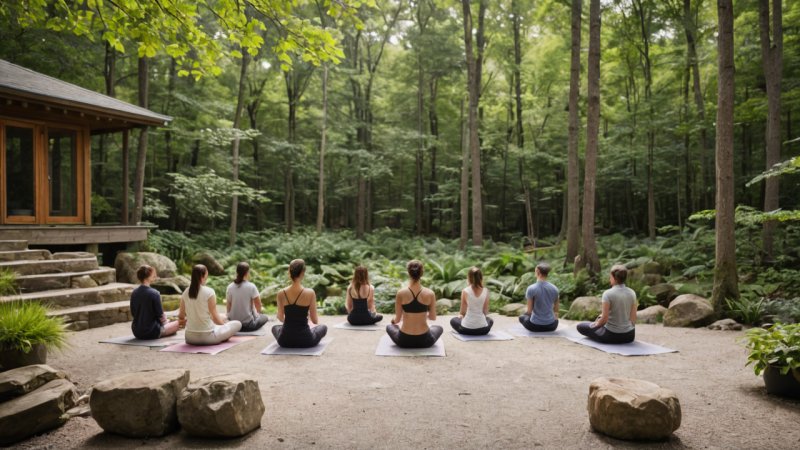Wellness retreats have gained immense popularity over the years, offering a sanctuary for individuals seeking to rejuvenate their mind, body, and spirit. One of the standout practices featured in many of these retreats is breathwork. This intentional and conscious breathing technique is not just about inhaling and exhaling; it plays a vital role in enhancing emotional and physical health. In this article, we will explore five compelling reasons why breathwork is an essential component of wellness retreats, helping participants to unlock their potential and find balance in their lives.
1. Enhancing Emotional Release
Many participants come to wellness retreats carrying emotional baggage that can hinder their ability to heal. Breathwork serves as a powerful tool for emotional release, allowing individuals to tap into suppressed feelings and let them go. The practice encourages deep self-exploration and fosters a safe environment for participants to confront their emotions. Through various breathing techniques, such as circular breathing or diaphragmatic breathing, individuals can experience cathartic releases, which often lead to profound emotional clarity.
2. Reducing Stress and Anxiety
In today’s fast-paced world, stress and anxiety have become almost ubiquitous. Breathwork offers a natural and effective way to combat these feelings. By focusing on the breath, individuals can activate their parasympathetic nervous system, which calms the body and reduces stress levels. Techniques like box breathing—where one inhales, holds, exhales, and holds again for equal counts—can help participants ground themselves and regain control over their mental state, making it an invaluable practice during wellness retreats.
3. Promoting Mindfulness and Presence
Wellness retreats are often designed to help participants disconnect from their daily routines and reconnect with themselves. Breathwork encourages mindfulness, as it requires individuals to be fully present in the moment. By concentrating on their breathing, participants learn to focus their thoughts and become aware of their bodies and surroundings. This heightened state of awareness can lead to a deeper appreciation of the retreat experience, allowing participants to absorb the tranquility of their environment and engage with the teachings offered.
4. Facilitating Connection with Others
One of the most enriching aspects of wellness retreats is the opportunity to connect with like-minded individuals. Breathwork sessions often involve group activities that foster a sense of community and shared experience. Participants can engage in partner breathwork or group meditations, which create a bond through vulnerability and openness. These connections can be incredibly healing and provide support during the transformative journey that a wellness retreat offers.
5. Enhancing Physical Well-being
The benefits of breathwork extend beyond the emotional and mental realms; it also promotes physical well-being. By improving lung capacity and oxygenating the body, breathwork can enhance overall health. Techniques that focus on deep breathing can stimulate the lymphatic system and improve circulation, leading to increased energy levels and vitality. Many wellness retreats incorporate breathwork as part of a holistic approach to health, ensuring that participants leave feeling revitalized both physically and emotionally.
In conclusion, breathwork is more than just a breathing exercise; it is a transformative practice that plays a crucial role in wellness retreats. From emotional release to stress reduction, promoting mindfulness, facilitating connections, and enhancing physical health, the benefits are expansive. As wellness retreats continue to grow in popularity, participants are encouraged to embrace breathwork as a vital component of their healing journey, unlocking new pathways to wellness and self-discovery.






